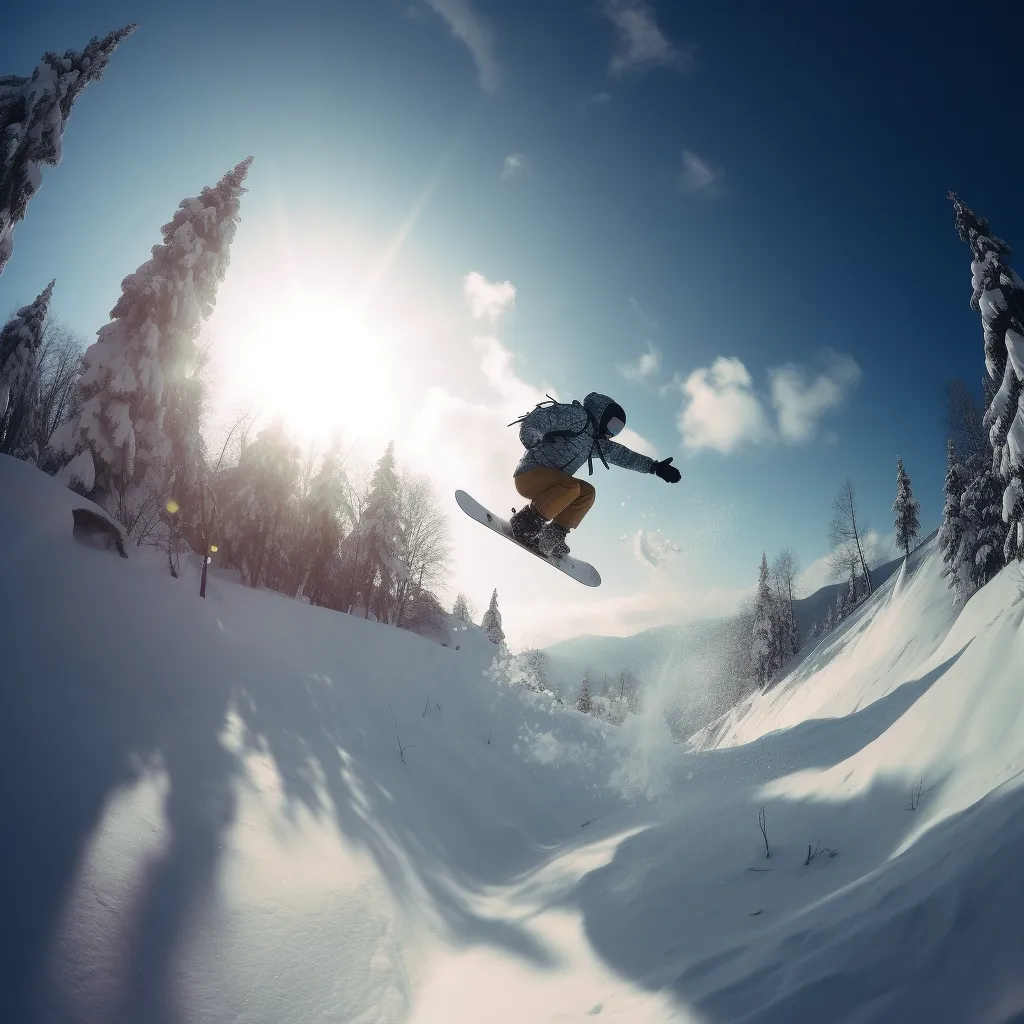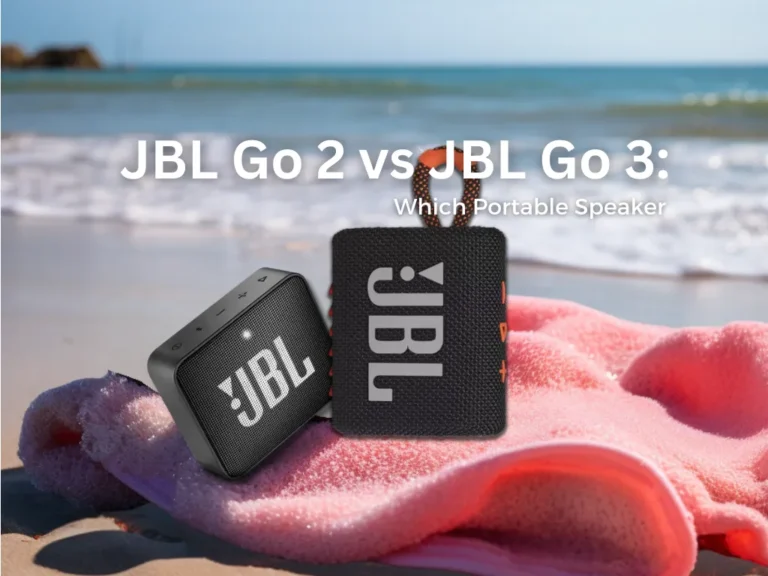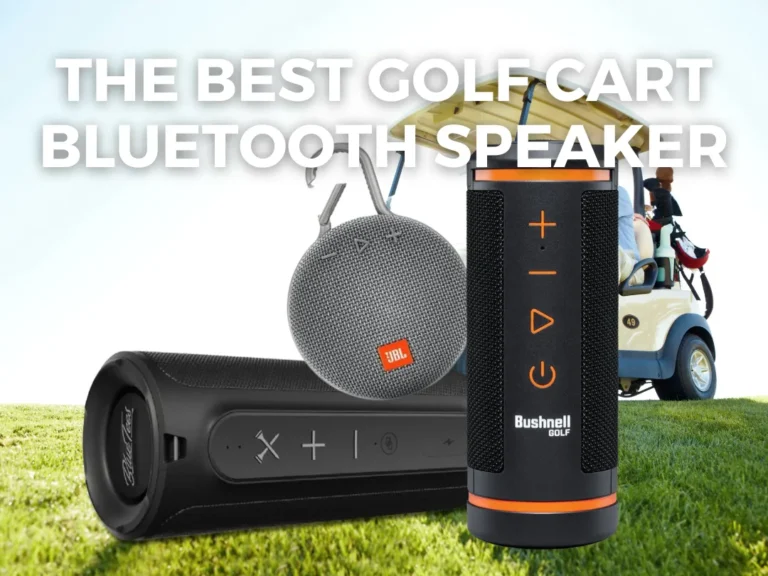Ski Helmet Headphones: The Ultimate Guide
Ski to the Beat: The Comprehensive Guide to Ski Helmet Headphones
Drawing from a deep well of expertise in skiing and technology, it’s evident that the confluence of sports and tech is not just about performance—it’s about enhancing the overall experience. Skiing, a sport synonymous with adrenaline and breathtaking landscapes, offers an unparalleled thrill. But imagine marrying that exhilaration with the pulsating beats of your favourite songs or the convenience of hands-free calls. That’s where ski helmet headphones come in, a groundbreaking integration of safety and sound. Dive in as we delve into the intricacies of these devices, from their myriad benefits to top picks, ensuring you make an informed decision for the best musical rides down the snowy terrains.
Why Wear Ski Helmet Headphones?
Wearing a helmet is absolutely essential for safety while skiing or snowboarding. A helmet protects your head from trauma in case of a bad fall or collision. However, many skiers still want to listen to music on the slopes. Ski helmet headphones integrate audio right into your helmet setup.
The key benefits of ski helmet headphones include:
- Safety: Ski helmet headphones allow you to listen to music without compromising safety. Separate headphones are bulky and can fall off or get in the way. Integrated helmet audio keeps everything secure.
- Convenience: With ski helmet headphones, you don’t need to fuss with headphones under your helmet. Everything is seamlessly integrated and ready to go.
- Situational Awareness: Ski helmet headphones allow you to keep your ears warm while still allowing you to hear ambient sounds for awareness. Separate headphones can fully block out external noise.
- Hands-Free Operation: Many ski helmet headphones feature integrated microphones and controls so you can take calls and control music hands-free. This improves convenience and safety.

Key Features to Look For
When shopping for ski helmet headphones, there are a few key features to consider:
Audio Quality
Look for helmet headphones that offer full range sound with clear highs, mids, and lows. Many models utilize Bluetooth 5.0 for stable wireless connectivity. Drivers should be at least 40mm for rich audio. Some high-end models even have active noise cancellation.
Fit and Comfort
The headphones should integrate seamlessly into your helmet liner for a comfortable fit. Look for thin, lightweight designs. The headphones should not add pressure or compromise the fit of your helmet.
Controls and Microphone
Many ski helmet headphones feature built-in controls and a microphone for taking calls and controlling music hands-free. Look for easy access buttons and high-quality microphone performance.
Durability
Durability is essential for ski helmet headphones which will be exposed to snow, wind, and cold weather. Look for waterproofing and winterization to handle the elements. Materials should withstand drops and bumps as well.
Battery Life
Look for long battery life to last through a full day of skiing. Many models offer 10 hours or more of continuous playback per charge. Fast charging support is also useful.
Top Ski Helmet Headphone Picks
Outdoor Tech Chips 2.0
The Chips 2.0 from Outdoor Tech are lightweight headphones that easily drop into audio-ready helmets from brands like Bern and Smith. They utilize 40mm drivers for excellent sound quality. The IPX5 rating makes them fully waterproof. They last up to 10 hours per charge.
Pros
Cons
Alta Wireless Bluetooth Headphones
Designed specifically for skiing and snowboarding, the Alta headphones feature HDR Audio technology for full-range sound. The headphones provide up to 8 hours of playtime. They work with most helmets that have earpad cutouts.
Pros
Cons
BlueEar Motorcycle Bluetooth Headphones
While designed for motorcycle helmets, these Bluetooth headphones also work great for ski helmets. They utilize Bluetooth 5.0 and 40mm drivers for premium sound. The battery lasts up to 10 hours. Voice prompts make operation easy.
Pros
Cons
Choosing the Right Model
With many ski helmet headphone options on the market, it’s important to consider your needs and preferences when choosing a pair.
Helmet Compatibility
Make sure to choose headphones that are compatible with your specific helmet model. Most work with helmets that have earpad cutouts while some are designed for specific “audio-ready” helmets.
Sound Quality Needs
Consider your priorities for sound quality and volume. Look for larger drivers, Bluetooth 5.0, and noise cancellation if audio performance is critical. Or save money with more basic headphones if you just want background music.
Controls and Microphone Use
If you plan to take calls on the slopes, prioritize headphones with easy-access controls and a high-quality microphone. Or simple one-button models work if you just need basic play/pause functionality.
Weather Protection
Look for high waterproof and weatherproof ratings if you’re skiing in wet snow or severe cold. Or, more basic weatherization is fine for fair-weather skiing.
Prioritize battery life, fit and comfort, durability, and features based on your specific needs and preferences. And try on the headphones with your helmet before buying when possible.
Caring for Your Headphones
Take steps to keep your ski helmet headphones performing their best:
- Let headphones fully dry out after getting wet before storing them. Don’t put wet headphones into a case or bag.
- Use alcohol wipes and anti-bacterial spray to keep headphones and microphone components clean. Avoid submerging them in liquid.
- Store headphones in a dry place without direct sunlight when not in use. Avoid extreme hot or cold temperatures.
- Inspect headphones before each use and replace earpads if they become excessively worn.
- Recharge the headphones fully after each use. Don’t store headphones long-term with a fully depleted battery.
- Reset headphones and re-pair them with your device if experiencing connectivity or audio issues.
Take care of your ski helmet headphones; they will deliver many seasons of enjoyable use. Replace batteries or components when needed.

Using Headphones Safely on the Slopes
While ski helmet headphones provide great enjoyment on the slopes, remember to use them responsibly:
- Keep volume at a reasonable level to maintain situational awareness. Don’t crank the volume to the point where you cannot hear fellow skiers or ambient noise.
- Avoid controlling your device while skiing. Choose easy-access controls on the headphones or preset your playlist before hitting the slopes.
- Don’t ski out of your ability level just because you are pumped up by music. Ski conservatively based on conditions and your skills.
- Stick to ski trails and avoid trees, moguls, or terrain park features when listening to music to avoid distractions.
- Remove headphones when stopped on the slopes to interact with others. Don’t isolate yourself too much.
Stay safe and keep the tunes at a responsible level. Follow all trail rules and ski conservatively when using your headphones.
Enjoy the Slopes with Music
Ski helmet headphones make it easy to listen to music without compromising safety. Look for durable headphones with great sound that seamlessly integrate with your helmet. Consider audio quality, controls, battery life, and other features based on your preferences. And take care of your headphones so they last for many seasons on the slopes. With ski helmet headphones, you can carve up the mountain in style while listening to your favorite skiing playlist!
Best Ski Helmet Headphones – Frequently Asked Questions
1. What are the best ski helmet headphones?
The best ski helmet headphones offer a combination of comfort, sound quality, and convenience. Some popular options include Alta Wireless Bluetooth Headphones by Outdoor Tech, Unigear Bombing Ski Helmet Speakers, and XSound 2.1 Helmet Speakers. These options provide excellent audio performance while ensuring a secure fit on your ski helmet.
2. Can I use regular headphones with my ski helmet?
Yes, you can use regular headphones with your ski helmet. However, it is recommended to use headphones specifically designed for ski helmets. These headphones are usually more durable, weather-resistant, and have features that enhance safety, such as being audio-ready for easy integration with your helmet.
3. Are there wireless options available for ski helmet headphones?
Yes, there are wireless options available for ski helmet headphones. Bluetooth technology is commonly used for wireless connectivity, allowing you to pair your headphones with your smartphone or other Bluetooth-enabled devices. Wireless headphones offer a hassle-free experience, eliminating the need for cables while skiing.
4. What should I consider when looking for ski helmet headphones?
When looking for ski helmet headphones, consider factors such as sound quality, compatibility with your helmet, comfort, durability, and safety features. Look for headphones that are audio-ready and compatible with most audio-ready helmet brands to ensure easy integration.
5. Can I listen to music while skiing with my ski helmet headphones?
Yes, ski helmet headphones allow you to listen to music while skiing. With built-in speakers or Bluetooth connectivity, you can enjoy your favourite tunes without compromising your safety. However, it is important to ensure that you maintain situational awareness and follow local regulations regarding using headphones while skiing.
6. Are there options available for helmets with integrated audio?
Yes, there are options available for helmets with integrated audio. Some ski helmets come with built-in speakers or audio-ready features that allow you to easily connect your headphones. Look for audio-ready helmet brands or helmets specifically designed for audio integration.
7. How do I connect my ski helmet headphones to a device?
To connect your ski helmet headphones to a device, you need to follow the specific instructions provided by the manufacturer. In most cases, for wireless headphones, you need to activate the Bluetooth pairing mode on your device and then pair it with the headphones. For wired headphones, you may need to use a compatible audio jack or adapter.








